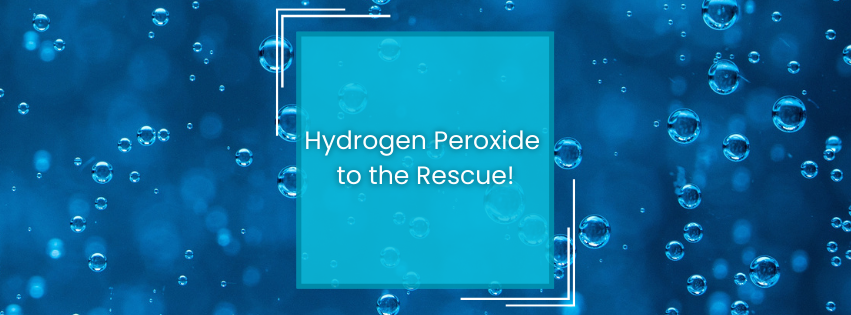
𝐄𝐟𝐟𝐞𝐜𝐭𝐢𝐯𝐞 𝐇𝐲𝐝𝐫𝐨𝐠𝐞𝐧 𝐏𝐞𝐫𝐨𝐱𝐢𝐝𝐞 𝐓𝐫𝐞𝐚𝐭𝐦𝐞𝐧𝐭𝐬 𝐟𝐨𝐫 𝐒𝐚𝐥𝐭𝐰𝐚𝐭𝐞𝐫 𝐅𝐢𝐬𝐡:
𝐄𝐧𝐬𝐮𝐫𝐢𝐧𝐠 𝐇𝐞𝐚𝐥𝐭𝐡 𝐚𝐧𝐝 𝐒𝐭𝐚𝐛𝐢𝐥𝐢𝐭𝐲 𝐢𝐧 𝐘𝐨𝐮𝐫 𝐌𝐚𝐫𝐢𝐧𝐞 𝐀𝐪𝐮𝐚𝐫𝐢𝐮𝐦
Introduction
Hydrogen peroxide (H₂O₂) is a widely recognized and versatile treatment in the saltwater hobby industry. This guide will explore the use of hydrogen peroxide as a treatment option for various fish diseases, particularly in dealing with parasites and bacterial infections. From beginner to advanced hobbyists, understanding how to use hydrogen peroxide effectively and safely is crucial for maintaining a healthy saltwater aquarium. Expect a thorough explanation of the benefits, proper application, and safety measures associated with hydrogen peroxide in marine environments.
What is a Hydrogen Peroxide Treatment?
Hydrogen peroxide (H₂O₂) is a common antiseptic with strong oxidizing properties that help combat bacteria, parasites, and algae in saltwater fish tanks. When hydrogen peroxide comes into contact with organic matter, it releases oxygen, which can be fatal to microorganisms like bacteria and parasites. It's often used in controlled doses to treat external infections, gill disease, and algae overgrowth.
How Hydrogen Peroxide Works in Aquariums
Hydrogen peroxide works by oxidizing organic material, which disrupts the cellular structures of parasites, fungi, and bacteria. This leads to their destruction while simultaneously oxygenating the water, benefiting fish with compromised gill function. However, incorrect use can harm fish and beneficial bacteria in the tank, making precise dosing critical.
